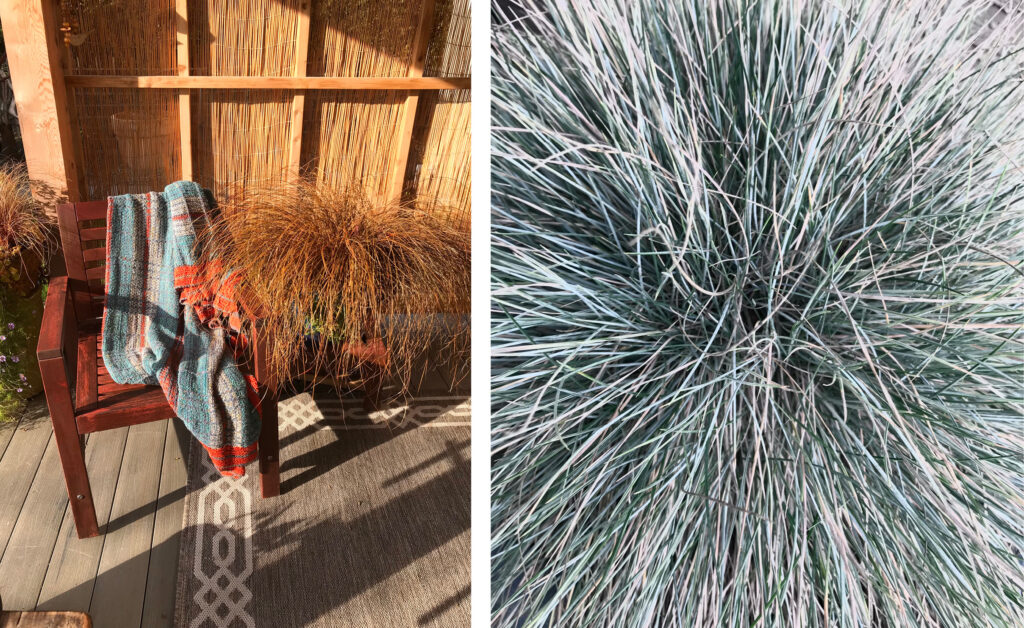– by Jennifer Hill, SeaSide Home & Garden Gift Shop –
I know what you’re saying to yourself: Why would anybody write about wasps in March when there are none around? Simple: an ounce of prevention is worth a pound of cure!
In the early spring (as early as now) the mated queen wasps come out of hibernation and start setting up their new “homes.” They take up to two weeks looking for the right spot and when they decide to “settle” they begin building their hives and laying their first eggs. For the next three weeks, each queen tends to her own “babies” (e.g., leaving the hive to find food for them) until they become mature adults (all sterile females) who in turn take over her work, hence, they are called “workers” (e.g., building, cleaning the hive; feeding the emerging workers), allowing the queen do what she does best – stay at home laying eggs – 1000’s of them, each one capable of developing into a mature stinging wasp.
Towards the end of the summer, the queen lays one last set of eggs. Theses eggs include both fertile males and yet-to-be-queens. The females leave the hive searching for a “compatible” mate and once impregnated look for a suitable hibernation spot as winter is fast approaching. At that point the remaining wasps, both male and female, including the no-longer useful “old” queens die off; the nests are abandoned and they fall into disrepair. When spring comes the “new” queens emerge and the process starts all over again.
By putting out wasp traps now and not waiting until summer, you will be ridding your local area of as many queens as possible before they establish their hives and start to reproduce. If you put out your traps in the summer (which is the norm), you are merely catching the nuisance workers that are foraging for food. Unfortunately, even if you trap hundreds of them, the queens are back at the hives continuing to reproduce “young ‘uns” faster than you can trap!
A local company, Contech, has developed a non-toxic solution (or “lure”) that is absolutely incredible. You can put it out in one of their plastic traps (which look like an industrial-strength baggie) or if you already have a trap you can add it to your existing device. The solution attracts the wasps and they quickly drown in the liquid – and, importantly, the lure does not attract beneficial bees!
So, put out your traps now and have a wasp-free summer. Contech Wasp Traps and Refills are available most fine garden centres.
For more information on how to minimize your risk of being stung, visit www.thevictorianbirdhouse.com.




